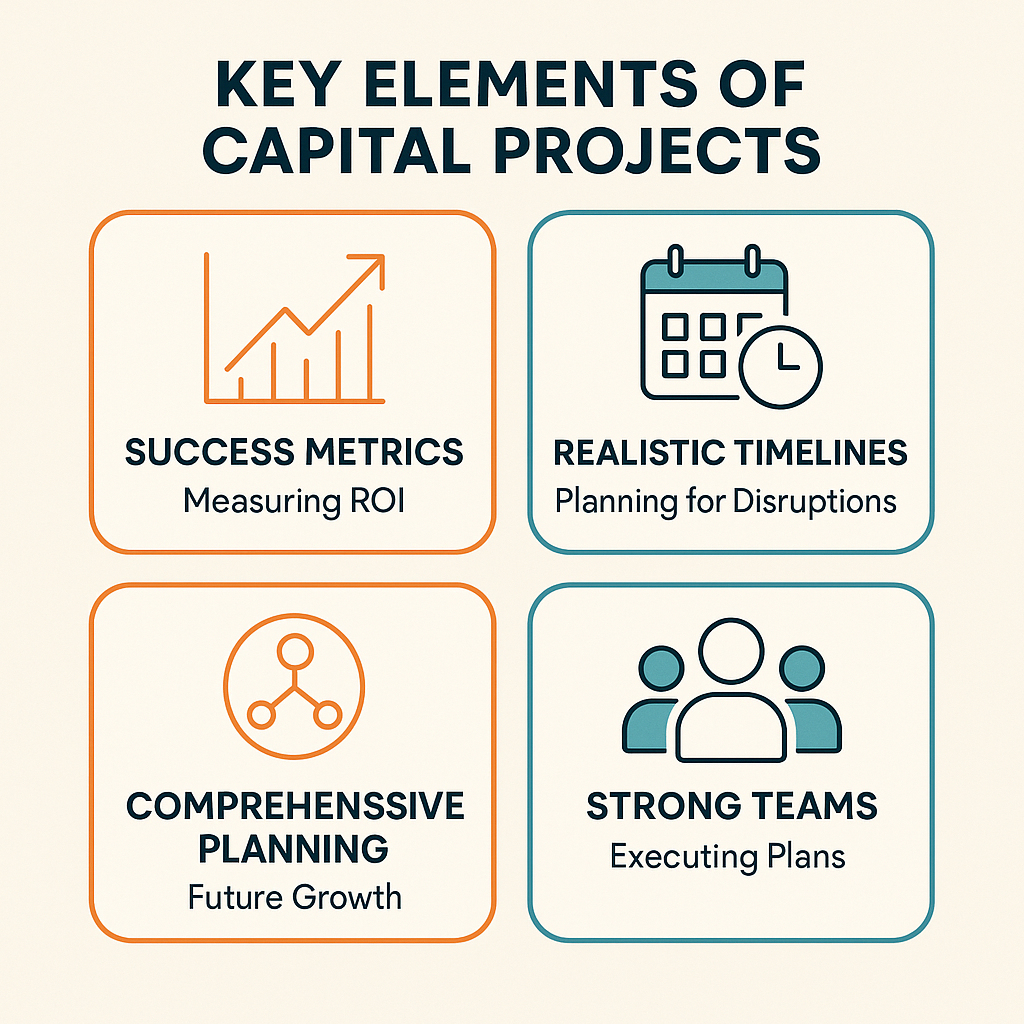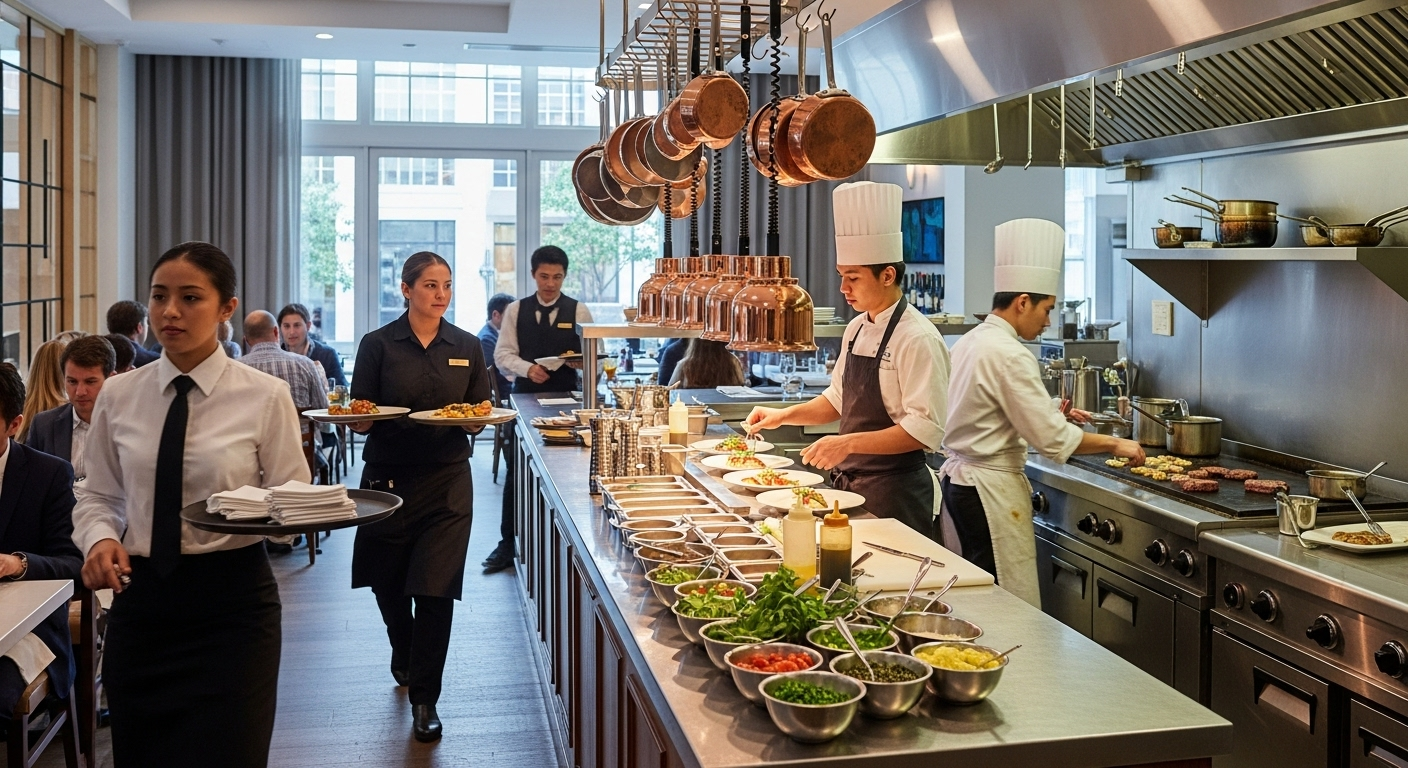Restaurant expansion requires more than just great food and service. It demands strategic funding decisions that can make the difference between modest growth and market dominance. By examining real industry case studies, restaurant owners can learn how successful chains have leveraged capital to transform their operations and achieve remarkable growth.
Learning from Fast-Growing Restaurant Success Stories
Fast-growing restaurant chains often share common approaches when it comes to securing and utilizing capital for expansion. These successful operations typically focus on creating scalable systems before pursuing aggressive growth, ensuring their funding investments support sustainable operations rather than rapid expansion that might compromise quality or profitability.
The most effective restaurant funding strategies tend to align capital deployment with proven operational models. Restaurant owners who study these successful case studies can identify patterns in how winning chains approached their capital needs, from initial expansion phases through multi-location growth spurts.
Market Alignment Drives Restaurant Capital Success
Restaurant funding success often depends on how well capital investments align with current industry trends and market conditions. Understanding evolving customer preferences and operational challenges can help restaurant owners make more strategic decisions about when and how to deploy capital resources.
Industry data suggests that restaurants performing comprehensive market analysis before major funding decisions tend to achieve better outcomes from their capital investments. This approach helps ensure that expansion plans and operational improvements address real market opportunities rather than assumptions about customer demand.
Strategic Funding Approaches That Drive Restaurant Growth
Successful restaurant expansion typically follows specific strategic funding patterns that maximize the impact of available capital:
- Establishing proven operational systems before scaling, ensuring consistent quality across locations
- Investing in technology and infrastructure that supports efficient multi-location management
- Securing sufficient working capital to maintain operations during expansion phases
- Building strategic reserves to handle unexpected challenges or capitalize on sudden opportunities
Key Elements of Effective Restaurant Capital Projects

Restaurant capital projects that deliver strong returns typically share several important characteristics:
- Clear metrics for measuring success and return on investment
- Realistic timelines that account for operational disruptions during implementation
- Comprehensive planning that addresses both immediate needs and future growth potential
- Strong operational teams capable of executing expansion plans while maintaining service quality
Restaurant funding success stories demonstrate that strategic capital deployment, combined with thorough market understanding and operational excellence, can drive significant growth. By studying these industry case studies and applying proven approaches, restaurant owners can make more informed decisions about their own funding needs and expansion strategies.

.png)






